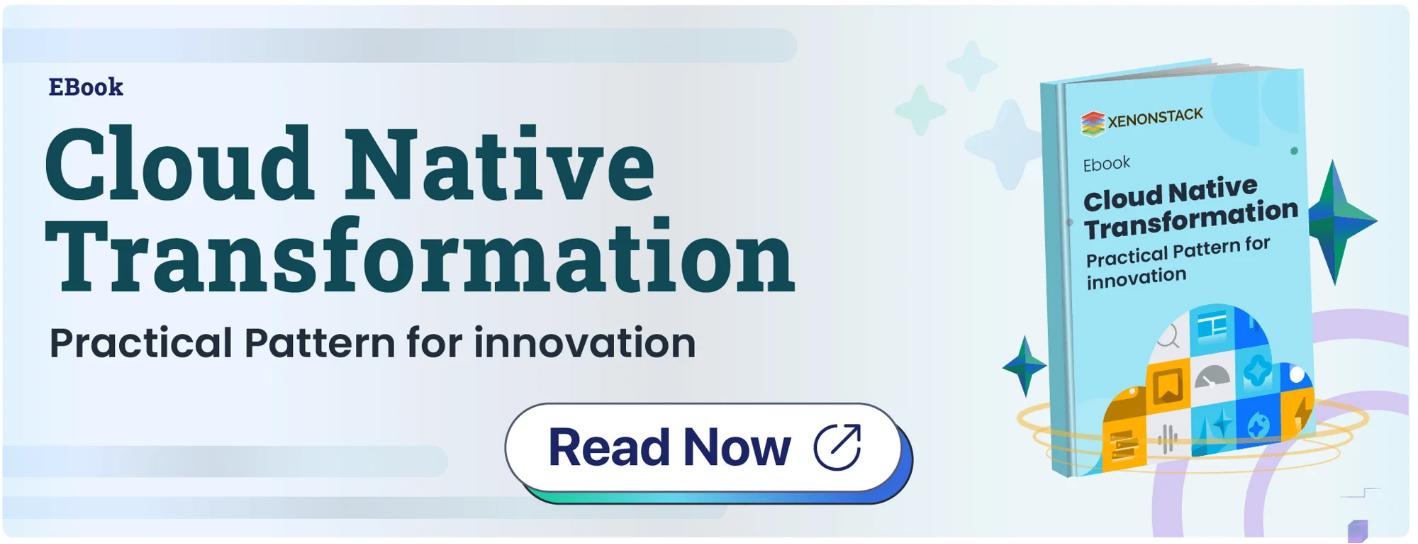Case Studies: Learning from Experienced Executions
Case Study 1: International E-Commerce Corporation
One of the largest e-commerce companies in the world dealt with high levels of cloud waste caused by underutilized resources. As a result of framing a FinOps system for the company, cloud spending was able to be lowered by 30% within a period of six months. This was made possible through increased transparency, responsibility and timely review of costs.
Case Study 2: A Firm of Financial Institutions
The financial services firm had a complicated payment system and poor visibility into cloud consumption. By embracing a FinOps culture, the firm revamped its budgeting methodologies and introduced several automation. This led to 25 per cent cloud cost savings and improved service delivery.
Future Scope
The evolution of the FinOps approach is an ongoing process, and its future scope is optimistic. As the dependence of organizations on the cloud increases, numerous factors are bound to influence the future of FinOps:
-
AI and ML Adoption
Deploying AI and machine languages will optimize costs associated with using cloud technology. Sophisticated techniques have been developed whereby the usage of a resource is studied over time, and the usage needs in the near future are established, hence controlling such costs in advance.
-
Shift Towards Sustainable Profitability
With organizations' increasing urgency to embrace sustainable business models, cloud cost management will be a determinant in the way FinOps is adopted. Companies might start considering the costs of ‘cloud-ing’ their business activities and the costs associated with running the business itself.
-
Advancements in Collaboration Tools
New FinOps tools will likely emerge, allowing more advanced collaboration capabilities. This will allow different teams to work together without barriers between departments, and it will also encourage the concept of ownership of cloud payments.
- Moving Towards Multi-Cloud Approach
With more organizations embracing this multi-cloud strategy, there will be an urgent need to centralize all operations under FinOps. Cost management across numerous cloud providers will necessitate advanced tools and procedures to guarantee transparency and reduce costs.
- Increased Compliance Regulations
There will be an increase in demand, especially as the issue of data storage and financial reporting tightens, on how firms should comply with the plans incorporated in FinOps. It will become crucial for businesses to ensure that their cloud expenditures are not inconsistent with available laws governing the respective countries while also conducting business efficiently.
Use Cases
 Fig 4: Benefits of FinOps
Fig 4: Benefits of FinOps
-
Startups Optimising the Use of a Cloud
Given their constrained resources, startups will find it useful to employ FinOps. Through this approach, they will be ready and able to control cloud spending and ensure that every dollar spent has a value-adding purpose.
-
Enterprise Cloud Transformation
Enterprise organizations progressively transforming their operations by embracing cloud computing can leverage FinOps in managing cloud-associated wastage. This allows such organizations to bear the edges of managing a pregnant transitional period.
-
SaaS Companies Streamlining Their Services
Workloads in a SaaS business usually vary. FinOps can assist such businesses in evaluating their subscriptions and controlling their growth or decline of resources to only what is actually required and paid for.
-
E-commerce Business Owners in High Demand Periods
E-commerce businesses will also look to apply FinOps for additional purposes when the avid shopping season approaches by scaling up resources. Demand can be predicted, and the cloud is made ready to support it even within such constrained periods, minimizing wastage.
-
Public Authorities Monitoring Budgetary Control
Public authorities may also consider adopting FinOps, which enables organisations to use cloud services without going over budget. This allows for better management of public finances.
Final thoughts
In the present age of cloud applications, eliminating the wasting of cloud resources is not only necessary from a cost standpoint but also for any effective operations. The FinOps model offers organisations a comprehensive structure for cloud cost control, providing clarity and enforcing responsibility. If companies properly apply FinOps, they can cut down on unnecessary expenses and rationally use their resources to bring profits from the cloud. Another reason for adopting this strategy will be the savings from the costs associated with the interventions and the ability of such organisations to thrive in the new digital age.
Explore More About FinOps for Data Management
Read More FinOps for AI Engineering
.webp?width=1921&height=622&name=usecase-banner%20(1).webp)







